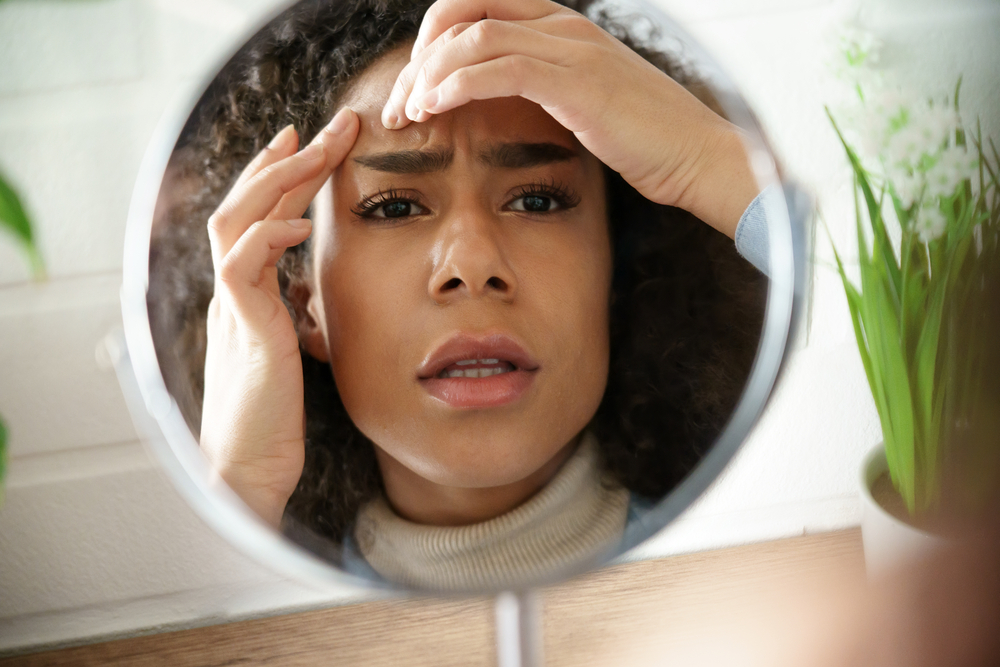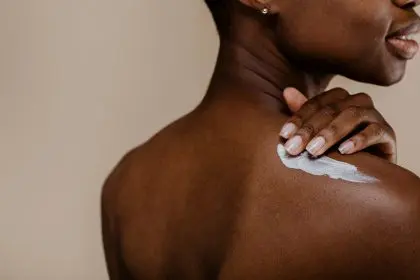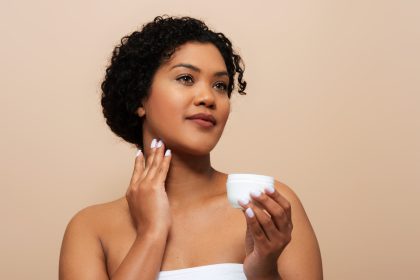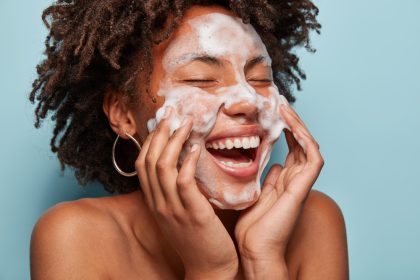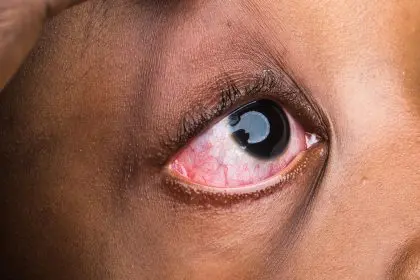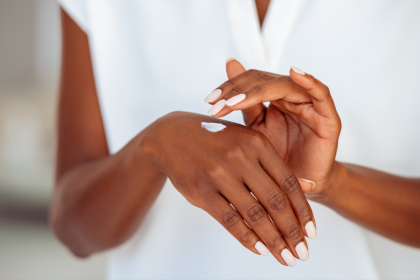Clogged pores represent one of the most common skin concerns, affecting people of all ages and skin types. The temptation to squeeze, pick, or aggressively treat these blockages often leads to enlarged pores, scarring, and more skin problems than the original issue. Understanding how to safely clear pores while preserving their natural size requires knowledge of proper techniques and gentle approaches.
The misconception that aggressive treatment equals effective treatment has led many people to damage their skin in pursuit of clearer complexions. Pores are delicate structures that can be permanently stretched or damaged by harsh handling, making it crucial to approach pore care with patience and the right methods.
Modern skincare offers numerous gentle alternatives to harsh extraction methods that can effectively clear pores without causing enlargement. These approaches work with the skin’s natural processes rather than against them, providing better long-term results while maintaining skin health and appearance.
The key to successful pore care lies in consistency with gentle methods rather than occasional aggressive treatments that can cause lasting damage. Building a routine around safe pore-clearing techniques helps maintain clear skin without compromising pore size or skin integrity.
Understanding what causes pore blockages
Pores become clogged when a combination of dead skin cells, excess oil, and environmental debris accumulates within the pore opening. This mixture forms plugs that can appear as blackheads, whiteheads, or simply enlarged-looking pores filled with material. The natural skin renewal process sometimes fails to effectively clear these accumulations, requiring gentle assistance.
Oil production plays a significant role in pore blockages, particularly in areas like the nose, chin, and forehead where sebaceous glands are most active. However, completely stripping oil from the skin often backfires by triggering increased oil production, creating a cycle of over-cleansing and rebound oiliness.
Dead skin cells that don’t shed properly can mix with natural oils to form sticky plugs within pores. This process happens naturally as part of skin turnover, but factors like genetics, hormones, and skincare habits can influence how effectively the skin clears these accumulations on its own.
Environmental factors including pollution, makeup, and skincare products can contribute additional debris that combines with natural skin materials to create stubborn pore blockages. Understanding these contributing factors helps in choosing appropriate prevention and treatment strategies.
The size of pores is largely determined by genetics, but their appearance can be influenced by how well they’re maintained and whether they become chronically stretched from improper handling or persistent blockages.
Gentle daily cleansing techniques
The foundation of healthy pore maintenance begins with proper daily cleansing that removes surface debris without over-stripping the skin. Double cleansing, using an oil-based cleanser followed by a water-based cleanser, effectively removes both oil-soluble and water-soluble impurities without harsh scrubbing.
Oil cleansing might seem counterintuitive for clogged pores, but using the right oils can actually help dissolve the oily components of pore blockages while maintaining the skin’s natural barrier. Lighter oils like jojoba or grapeseed work well for this purpose without adding to pore congestion.
Water temperature plays a crucial role in gentle pore cleansing. lukewarm water opens pores slightly to allow for effective cleaning without shocking the skin with extreme temperatures that can cause irritation or broken capillaries.
Massage techniques during cleansing should be gentle and upward, using fingertips rather than harsh cloths or brushes. Spending adequate time on cleansing allows products to work effectively without requiring excessive pressure or scrubbing motions.
The timing of cleansing matters as well, with evening cleansing being particularly important for removing the day’s accumulation of oil, makeup, and environmental debris before these materials have time to settle deeply into pores overnight.
Steam treatments for natural pore opening
Steam represents one of the gentlest methods for naturally opening pores and softening blockages for easier removal. The warm, moist heat relaxes the pore walls and softens the material inside, making extraction less traumatic and more effective.
Creating steam at home can be as simple as leaning over a bowl of hot water with a towel draped over the head to trap the steam. Adding herbs like chamomile or lavender can provide additional soothing benefits while creating a spa-like experience.
Hot showers provide natural steam treatment, though the steam should be directed toward the face rather than allowing hot water to directly hit delicate facial skin. The humid environment of a steamy bathroom can help prepare the skin for gentle pore clearing.
Steam duration should be limited to 5-10 minutes to avoid over-softening the skin or causing irritation. Longer exposure can actually make the skin more vulnerable to damage and may cause excessive dryness once the steam treatment ends.
Following steam treatment with gentle extraction techniques or appropriate skincare products maximizes the benefits while the pores remain soft and receptive to clearing methods.
Safe extraction methods that preserve pore integrity
When extraction becomes necessary, using proper tools and techniques prevents pore stretching and damage. Clean extraction tools, including comedone extractors or clean fingertips wrapped in tissue, provide more controlled pressure than fingernails or improvised tools.
The key to safe extraction lies in applying gentle, even pressure around the blockage rather than pinching or squeezing directly on top of it. This surrounding pressure encourages the material to move up and out of the pore without forcing it deeper or stretching the pore walls.
Timing extraction properly means waiting until after steam treatment or warm cleansing when pores are naturally more open and receptive. Attempting extraction on cold, tight skin often requires excessive pressure that can cause damage.
Recognizing when to stop extraction prevents over-manipulation that can lead to inflammation, scarring, or enlarged pores. If material doesn’t release easily with gentle pressure, it’s better to try again another day rather than using force.
Post-extraction care includes immediate cleansing with a gentle antiseptic solution and applying soothing ingredients to calm any irritation and help pores return to their normal size quickly.
Chemical exfoliation for gradual pore clearing
Chemical exfoliants like salicylic acid and glycolic acid provide gentle pore clearing by dissolving the bonds between dead skin cells and breaking down the oily components of pore blockages. These ingredients work gradually and safely without mechanical abrasion.
Salicylic acid, being oil-soluble, can penetrate into pores to dissolve blockages from within. This beta-hydroxy acid works particularly well for blackheads and oily skin types, providing deep cleaning without harsh physical manipulation.
Glycolic acid and other alpha-hydroxy acids work primarily on the skin’s surface, helping to remove dead skin cells that can contribute to pore blockages. These acids also stimulate cell turnover, promoting healthier skin renewal processes.
Starting with lower concentrations and gradually increasing allows the skin to adapt to chemical exfoliation without irritation. Over-exfoliation can actually worsen pore problems by causing inflammation and increased oil production.
Consistency with chemical exfoliation provides better results than sporadic use of stronger concentrations. Regular, gentle exfoliation prevents the buildup of material that leads to stubborn blockages requiring more aggressive treatment.
Clay masks for deep pore cleansing
Clay masks offer effective pore cleansing by drawing out impurities and absorbing excess oil without requiring physical manipulation of the pores. Different types of clay provide varying levels of absorption and are suitable for different skin types and concerns.
Bentonite clay provides strong absorption properties, making it effective for very oily skin and stubborn blackheads. However, its powerful effects mean it should be used sparingly and followed with appropriate moisturizing to prevent over-drying.
Kaolin clay offers gentler absorption suitable for sensitive or combination skin types. This white clay cleans pores effectively while being less likely to cause irritation or excessive drying that can trigger rebound oil production.
French green clay provides moderate absorption with additional minerals that can benefit skin health. This type works well for most skin types and provides effective pore cleansing without being overly harsh.
Application technique for clay masks involves smooth, even coverage over problem areas, avoiding the delicate eye area. Removing the mask before it becomes completely dry prevents excessive pulling on the skin that can contribute to pore stretching.
Oil cleansing methods for dissolving blockages
Oil cleansing works on the principle that like dissolves like, using specific oils to dissolve the oily components of pore blockages while maintaining skin health. This method can be particularly effective for removing stubborn blackheads and surface oil buildup.
Choosing the right oils for your skin type ensures effective cleansing without adding to pore congestion. Lighter oils like jojoba, grapeseed, or sunflower seed oil work well for most skin types and won’t clog pores when used properly.
The oil cleansing massage should be gentle but thorough, allowing time for the oil to penetrate and dissolve blockages. Massaging for 3-5 minutes gives the oil adequate time to work without over-manipulating the skin.
Proper removal of cleansing oil requires using a warm, damp cloth to gently wipe away the oil and dissolved impurities. This step should be thorough to prevent leaving residual oil that could contribute to future blockages.
Following oil cleansing with a gentle water-based cleanser ensures complete removal of dissolved impurities and oil residue while maintaining the skin’s natural barrier function.
Preventing future pore problems
Long-term pore health depends more on prevention than treatment, making consistent daily care more important than periodic intensive treatments. Establishing good habits prevents the accumulation of material that leads to problematic blockages.
Regular exfoliation, whether chemical or very gentle physical exfoliation, keeps dead skin cells from building up and contributing to pore blockages. The key is consistency with gentle methods rather than occasional harsh treatments.
Moisturizing appropriately for your skin type maintains healthy skin barrier function and prevents the overproduction of oil that can contribute to pore problems. Even oily skin needs appropriate hydration to function properly.
Sun protection prevents damage that can affect pore appearance and skin texture. UV damage can break down collagen and elastin around pores, making them appear larger and less resilient.
Avoiding harsh treatments and over-manipulation gives pores the best chance to maintain their natural size and function. The cumulative effect of gentle care produces better long-term results than sporadic aggressive treatments.
Creating a sustainable pore care routine
Building an effective pore care routine requires balancing active treatments with gentle maintenance to achieve clear skin without causing damage. The routine should be sustainable and appropriate for your specific skin type and lifestyle.
Morning routines should focus on gentle cleansing and protection, preparing the skin for the day ahead without over-stripping or irritating it. Light treatments can be included if they don’t interfere with makeup application or daily activities.
Evening routines provide the best opportunity for more intensive pore care treatments like chemical exfoliation or clay masks. The skin can recover overnight from these treatments without exposure to environmental stressors.
Weekly intensive treatments can address stubborn blockages or provide deeper cleansing, but these should complement rather than replace daily gentle care. The frequency of intensive treatments should match your skin’s tolerance and needs.
Monitoring your skin’s response to different treatments helps refine the routine for optimal results without over-treatment. Adjusting the routine based on seasonal changes, hormonal fluctuations, or lifestyle factors ensures continued effectiveness.

